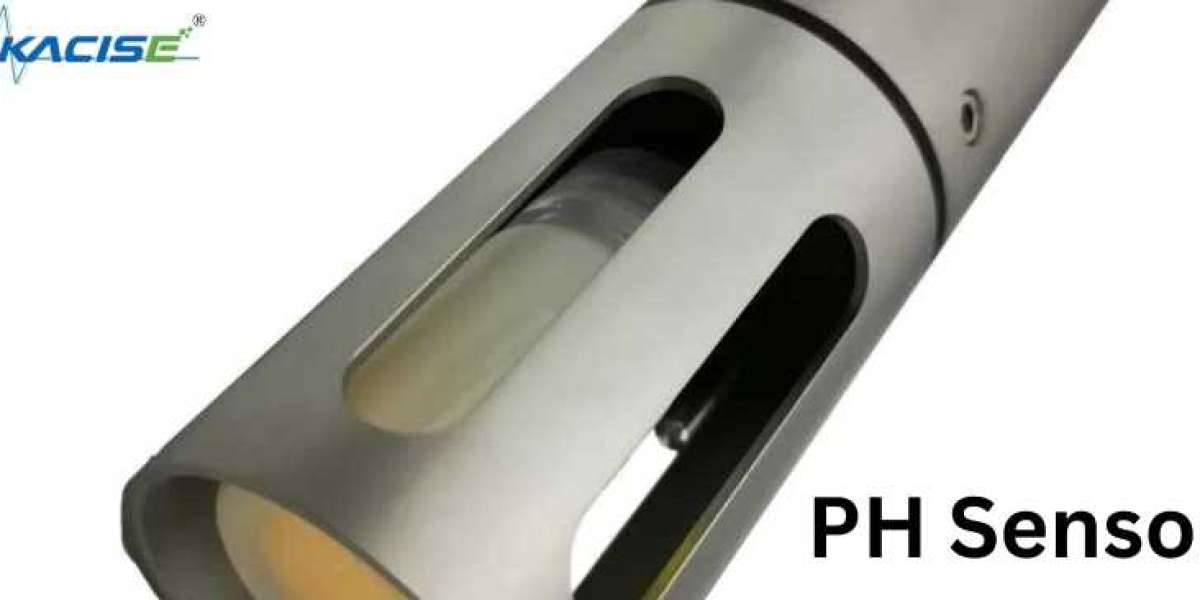What is a pH Sensor?
A pH sensor, also known as a pH meter or pH probe, is an instrument designed to measure the hydrogen ion concentration in a solution. This concentration is represented as pH, a scale ranging from 0 to 14, where 7 is neutral, values below 7 are acidic, and values above 7 are alkaline.
Components of a pH Sensor
Glass Electrode: The glass electrode is the most crucial part of a pH sensor. It consists of a thin glass membrane that reacts with the hydrogen ions in the solution. This membrane is designed to be sensitive to changes in pH, and its electrical potential changes in response to the acidity or alkalinity of the solution.
Reference Electrode: The reference electrode provides a stable and constant reference voltage. It typically contains a known concentration of electrolyte and is paired with the glass electrode. The reference electrode ensures that the measurements are accurate and reliable.
Junction: The junction is the point where the reference electrode and glass electrode come into contact with the solution. It allows for the exchange of ions between the solution and the electrodes.
Electrolyte: Inside the reference electrode, there is an electrolyte solution, often a gel or liquid, which maintains a constant reference potential.
Meter: The pH meter is the electronic device that processes the signals from the electrodes. It converts the electrical potential into a pH value, which is displayed on a digital readout.
How Does a pH Sensor Work?
The operation of a pH sensor relies on the principle of electrochemical potential. Here’s a step-by-step breakdown of the process:
Interaction with Solution: When the glass electrode is immersed in a solution, it interacts with the hydrogen ions. The glass membrane is selective to these ions, and its electrical potential changes in response to the concentration of hydrogen ions.
Potential Difference: The glass electrode generates a voltage that is proportional to the pH of the solution. This voltage difference is compared to the stable reference voltage provided by the reference electrode.
Signal Conversion: The pH meter measures the potential difference between the glass electrode and the reference electrode. It then converts this potential difference into a pH value using a calibration curve.
Calibration: To ensure accuracy, pH sensors need to be calibrated with standard buffer solutions. Calibration adjusts the meter to account for any variations in electrode performance and ensures precise measurements.
Applications of pH Sensors
pH sensors are used in a wide range of applications:
- Environmental Monitoring: Monitoring the pH of water bodies to assess pollution levels and the health of aquatic ecosystems.
- Industrial Processes: Maintaining the pH of chemical processes to ensure product quality and efficiency.
- Agriculture: Managing soil pH to optimize crop growth and yield.
- Food and Beverage: Ensuring the correct pH levels for food safety and quality control.
Conclusion
Understanding how a pH sensor works provides insight into its importance and applications across various industries. By measuring the acidity or alkalinity of a solution, pH sensors help maintain balance and ensure optimal conditions for processes and products. Whether you're monitoring environmental conditions or managing industrial processes, the accurate measurement of pH is crucial for success and safety.








